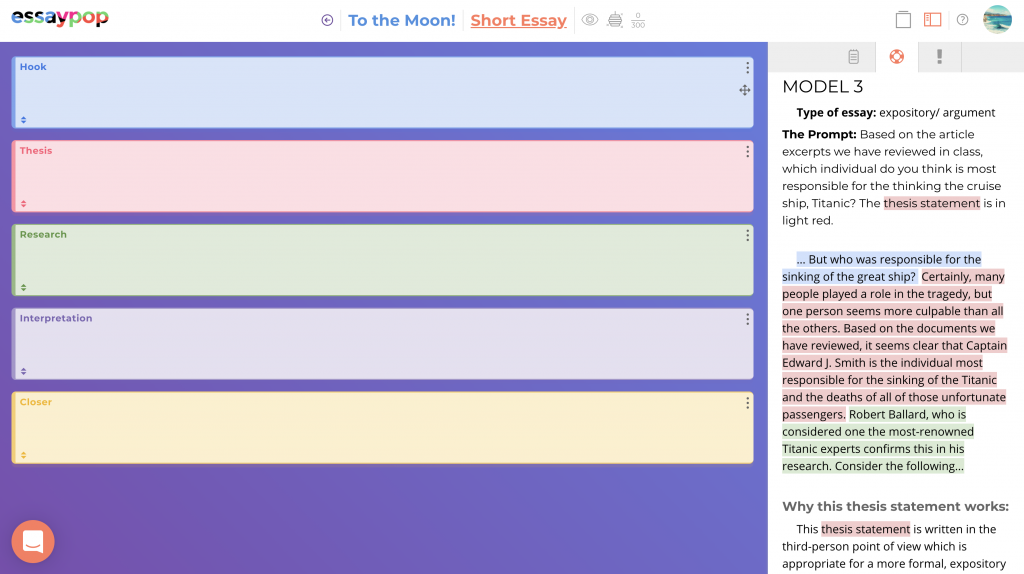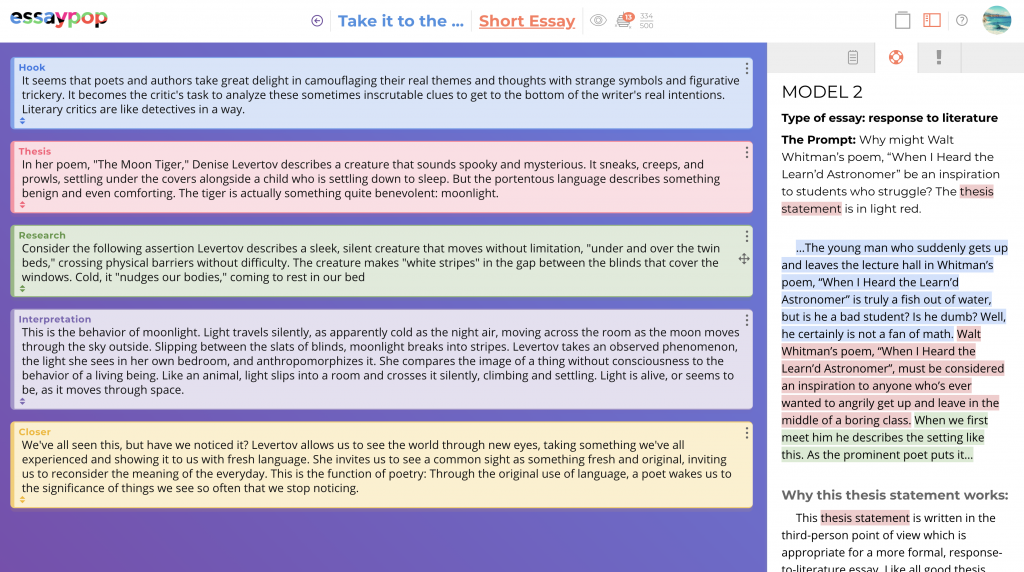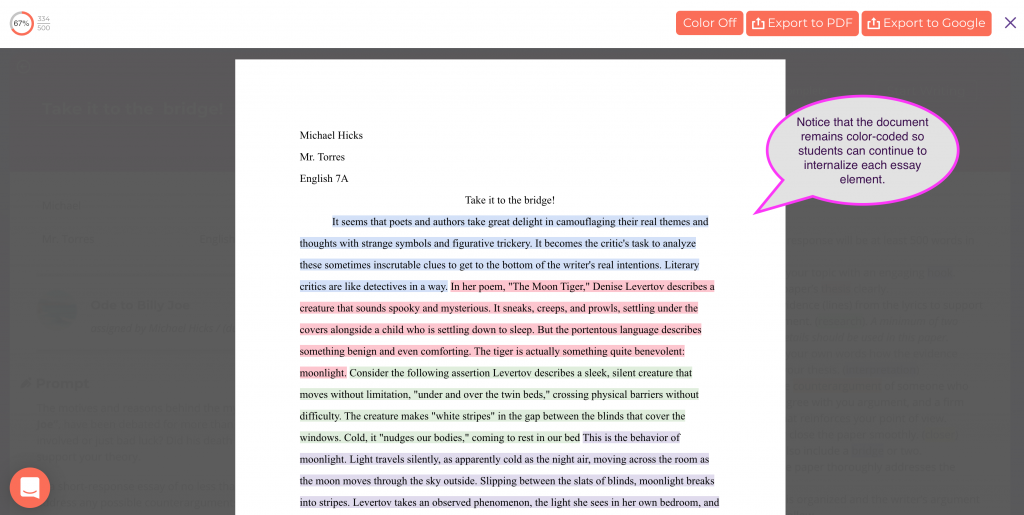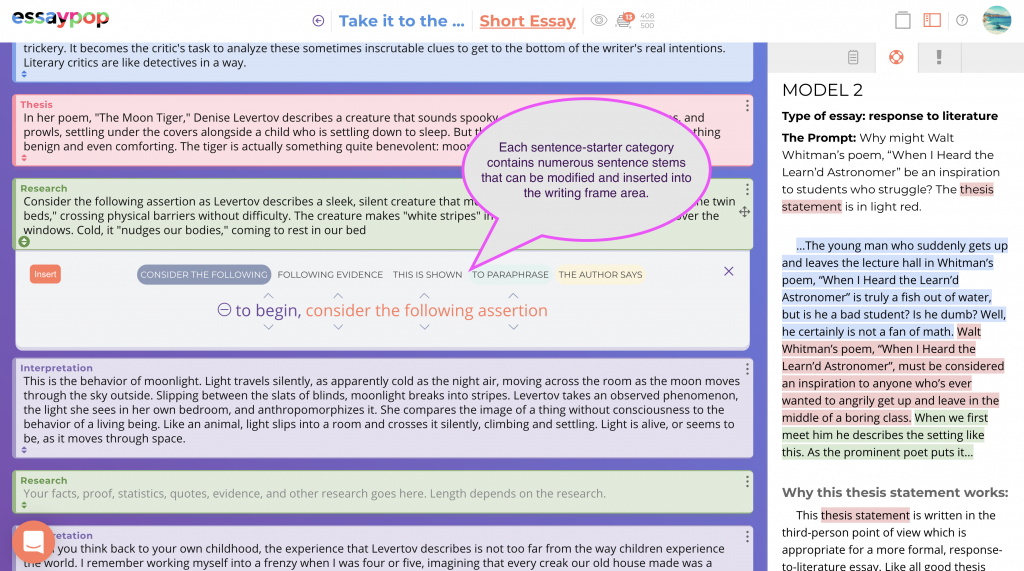The short-response essay is the most common type of writing students will encounter, but many don’t understand how to approach it.
The Short Essay — A Misunderstood Fellow
It is called by many names – the short essay, the short response, the essay paragraph, or, my favorite, the power paragraph. Whatever you call this piece of writing, it is easily the most commonly-written and generally misunderstood essay form out there. Multiple-paragraph essays stand as the paragons of academic composition, with the five-paragraph essay occupying the role of the grand old classic. But multiple-paragraph essays, when done properly, are thorough discussions ambitiously undertaken. They take time to write, and they take time to grade. As an English teacher, I assign a multiple-paragraph paper perhaps once or twice a month, and occasionally, I assign timed, multiple-paragraph papers.
What I assign weekly, if not twice or thrice weekly, however, are short-response tasks that generally follow some type of literature study or mini-unit and which students can complete in 15-45 minutes. These responses are definitely structured pieces of writing that follow a certain pattern and that are composed of specific elements, namely, a hook, a thesis or topic statement, evidence of some sort, analysis or commentary, and a closer. They are a great way to check for student understanding and a wonderful opportunity to reinforce academic-writing fundamentals without killing me with a truckload of papers to assess (More on reducing grading time at the end of this article).
Essaypop features pre-made, short-response templates that guide students through critical essay elements in a methodical and comprehensible way. Let’s take a look at how this structure works, and just how diverse and flexible it is.
First, the template in its most basic form
The short-response template begins with the essential elements of a good academic paragraph. Again, these are a hook, a thesis or topic statement, evidence of some sort, analysis or commentary, and a closer. Here’s what the writing area looks like when students first see it. Notice that each element is color-coded and that helpful advice about each element shows up in a retractable sidebar.

Now let’s take a look at the templates, populated with student writing.
And of course, the frames are always being converted into an MLA document in real-time.
Notice that the writer is able to take on each important element one at a time. We have found that this approach takes a lot of pressure off of students, thus alleviating much of their writer’s block. The color-coding helps kids internalize and remember the elements, even when they are not composing on essaypop. Also, notice that this is a formidable paragraph at 382 words. This is why we feel that it is more accurately called an essay paragraph or power paragraph. These are the kinds of responses that allow students to fully and cogently express themselves in shorter windows of time. It is also the type of writing that tends to allow students to do extraordinarily well when responding to standardized-test prompts.
Modifying and Augmenting the Template
The basic template can be modified as needed. New frames or boxes can easily be added, and they can be arranged and rearranged to create different types of cohesion and flow. This example, at 408 words, is starting to like more of a short essay as opposed to a paragraph, and perhaps even a paragraph break (or two) would be advised. The ability to add elements and rearrange them gives the writer absolute flexibility while ensuring that students have all of the critical elements within their essays.
And remember, every writing frame has a collection of dedicated sentence stems and phrases that students can select from to begin composing each element of their essays. Over time, they begin to learn and internalize these phrases.
Summation
Think of the short-response essay or power paragraph as an everyday writing task, something that can be assigned after a discussion, a mini-unit, or upon finishing up with a piece of literature. They can take anywhere from 15 -45 minutes to complete and are a great way to quickly see if students are comprehending and able to discuss the concepts within a lesson being taught. And our lightning-fast assessment tool makes grading this type of writing quite easy for the teacher, so they won’t “pile up”.
Feel free to guide students through creating all kinds of different paragraph and essay structures using this template. Here a useful article called “Master These Paragraph Structures and You’ll Master Essay Writing”. Share it with your students and use it to inform your writing lessons.
Finally, The essaypop Style Guide goes into great detail about short-response writing and gets into the nitty-gritty of each essay element.
Enjoy!







